Game Information:
Name: Lugaru: The Rabbit's Foot
Released: August 26, 2005
Developer: Wolfire Games
Rating: 8/10
Hardware Specifications:
Processor: AMD Sempron 140 2.7 Ghz
Video Card: Diamond AMD Radeon HD 4670
Memory: 4 Gigabytes DDR2 1066
Hard Drive: 2 TB Western Digital Caviar Green
System Specifications:
Distribution: Fedora 16
Kernel: Linux 3.4.2
Graphics Driver: R600 Gallium3D Driver
Desktop Environment: Xfce with compositing
There is nothing new to the idea of fighting games. Violence has, even in its most diluted and minute forms, been a strong staple in almost every game made within the past thirty years. A wide variety of titles have sprung up with the specific purpose of showcasing increasingly inventive levels of gore and destruction. So you may be forgiven for thinking that most of the avenues open for violent feats of fantasy had already been explored many times before Lugaru: The Rabbit's Foot came along. But when you first discover that it quite proudly describes itself as a “Kung-Fu Rabbit Adventure Video Game”, you will start to wonder if you might have been a bit too quick in deciding that notion.
Lugaru certainly is a different beast, most notably for its choice of beasts with which you will do battle with, control and converse with throughout the game. In an apparent cross between Mortal Kombat (1992) and the film Watership Down (1978), you take the role of Turner, an anthropomorphic “crazy fighter bunny” who must avenge the death of his also strangely humanoid family and reveal a wide ranging conspiracy that threatens to undermine and destroy the entire Rabbit Republic. Yes, you did read that right, and it is the opener to one of the best fighting games available for the Personal Computer.
While fighting games have had a long history on video game consoles and arcades (it was after all games like Street Fighter (1987) and the aforementioned Mortal Kombat that helped popularize these devices and helped Sega rise to prominence despite strong competition and market domination from Nintendo due to the former's more liberal restrictions on violent and controversial content), they have only ever had a limited appeal on desktop computers. This is largely due to the differences in control schemes, with the mouse-keyboard combination offering a greater opportunity for precision but also diminishing the visceral thrill of button mashing that made fighting games on consoles so attractive.
Lugaru sets out to solve this problem by looking at the genre in a different way. Instead of relying on extensive combinations of button or key presses, Lugaru takes its own path by making use of only three context-sensitive action buttons, the effect of which varies based on the situation and Tuner's current position or status. You move in a manner similar to first-person shooter games or some other third-person adventures such as Rune (2000) by utilizing the WASD keys for movement and the mouse for orientation and attack. To attack an enemy, you simply walk up to them and hit them by pressing the left-mouse button. This admittedly simple default belies a much deeper and extensive combat system.
As well as basic movement and attack, you can also jump by pressing space and crouch by pressing shift. The crouch key can also be utilized to block or reverse enemy attacks, a trick which can come in especially handy when battling larger more powerful creatures such as wolves. From there, the success and failure of your attacks depends on your position, state and the timing of your key presses. Their usefulness does not just end there however; by utilizing different combinations of these keys you can also access a variety of others moves. My personal favourite is when you start walking while crouching, and then release the crouch key while still moving forward to begin running “animal style”. You you can then gain speed and maul over your opponents.
Some moves are also environmentally sensitive. For example, you can perform a wall jump by jumping towards a wall and pressing the jump key again upon contact to utilize your momentum to move away from the wall again at speed. This in of itself is of limited usefulness other than for showing off, but when an enemy is near a wall you can perform a wall kick by pressing the attack button upon contact as well, which can result in devastation for your opponent. Walls and heights can also be useful in other ways, as you can land on someone from above or escape an ambush by leaping above to temporary safety. Trees and rocks can also be used as cover for when you are sneaking up on your fellow varmints.
Stealth adds a whole new element to the game, allowing Turner to instantly kill opponents if timed and executed right. You can sneak simply by walking while crouched, and by doing so you can silently walk up to enemies and, if you are lucky, take them out quickly by pressing the attack key. This is generally a good idea when trying to take out enemies one by one, as it can be risky when they are formed into larger groups. Be prepared to run like hell when challenged by more than one or two foes; it is difficult but possible to loose them with enough dodging and running, especially if you zigzag and run around obstructions or jump over heights. Executing rolls while jumping and running are also good defensive tactics.
If this was not enough variety, Lugaru also has a fully developed weapon system that adds even more to the action. Your knife, which you will gain fairly early in either the Campaign or Challenge modes, is your basic utility weapon and can be used for basic slashes. By crouching and swiping you can also knock an enemy over and quickly take a powerful stab to end their lives instantly. The knife is also the only weapon or attack in the game you can use from a distance, as you can throw it if you have any enemies in range. The sword is like the knife, offering more powerful stabbing and slashing power, but can not be thrown and is more easily reversed. Both of these weapons can be sheathed and unsheathed, allowing you to decide when you choose to use them or put them aside if you chose to use another weapon or want to resort to using your paws.
The third and final instrument is a wooden Bo staff which can easily be described as the most powerful weapon in the game. With the Bo staff, you can run up to people and whack them off their feet, and once they are down you can then repeatedly whack them again and agin in a savage display of malice until you are satisfied they will never be able to raise their furry little heads again. The Bo staff has very few drawbacks, but it can unfortunately break fairly easily, though this only happens during active combat. You can spend an infinite amount of time whacking an adversaries brains out once they are dead and the staff will continue to hold up fine throughout the entire ghastly performance.
The bodies of your foes themselves can also act as a fourth weapon, by crouching and pressing the attack button you can chuck them at speed in the faces of your opponents. If they are the right distance away, this can mean certain death. If they are not, you can at least be sure that you knocked the wind out of them. I won an entire map in this fashion, using one corpse specifically placed at an intersection of several of the antagonist rabbit's patrols. Basic attacks can also be enhanced using supplied weapons, such as the sneak attack, which normally would result in Turner flipping the enemy over, breaking their back. If you have a knife in hand, you get to see the even more gruesomely rewarding spectacle of Turner holding the knife to the enemies throat, and then quickly slicing it, with the triumphant message of “Tracheotomy” displaying on the screen.
If all of this seems like too much, or you could not be bothered to read the last few paragraphs, have no fear. Lugaru comes with a full in-game tutorial to help prepare you for the fight ahead, and it does a good job covering the fundamentals and introducing you to some of the more advanced moves. That being said, do not expect to learn the game overnight. I have been playing the game for well over a year now and still have not come close to mastering all the nuances of Ninja rabbit combat. From the tutorial on, you have the choice of the Campaign, which will give you a proper introduction to the game world, and the Challenge modes, which allows you to battle your way through fourteen separate missions, with each being of increasing difficultly.
All of this is the brain child of David Rosen, who became well known in the independent gaming community beforehand for his entries into various game development contests. Some of these games, such as Black Shades (2002) and be downloaded for free online and even have some community enhanced versions. Rosen would then create his first commercial game, Lugaru, while still in high school. Upon its release for Mac OS X on January 28, 2005 and Microsoft Windows on May 10, 2005, it soon met with success and, despite suggestions by some that these people were merely “furries” from those who continue to fail to be amusing, it soon grew a cult following. Respected coder Ryan C. Gordon would later port the game to Linux, with the original port being released on August 26, 2005.
From there, several fan campaigns and mods have been produced with one in particular, a set of high-definition textures for the game created by Tim Soret, later being officially incorporated into the currently sold version, titled as Lugaru HD. Wolfire Games would also in 2010 devise the Humble Indie Bundle and, alongside many of the other games included in that multi-platform package deal, would have its source code released under the GNU General Public License on May 11, 2010. In many ways, the Humble Indie Bundles have become the games most lasting legacy, as if it were not for its initial success, Wolfire would likely never have conceived or would have even been able to attempt such an idea.
Returning to the game itself, I mentioned that the game had two modes, the Campaign mode and the Challenge mode. The Campaign mode can be toggled by selecting various missions from the menu that appear as dots on a large display of Lugaru Island. Those dots correspond with the locations of each mission, as it is from here where you discover the game's plot. The game starts off with you and the rest of your family and friends hanging out near a large rock structure. You can talk to and interact with your fellow rabbits by walking up to them and pressing the attack key, and they will tell you various scraps of information, setting up the plot for the events to come. The plot itself is surprisingly rich given the premise, although it is not always implemented with the most skill at times.
In a clever workaround for the game's low budget, all dialogue is shown in text with an accompanying sound effect, with a wide variety of rattles and chirps for the rabbits and barks and growls for the wolves. This is a nice way of getting around the need for voice acting, and also sidesteps the question of why animals would be conversing in our language. It still does not explain why the wolves and rabbits can talk with each other, or the more wider point of why the rabbits (and the alpha wolf for that matter) are clothed, or why everyone is bipedal and can move in a human fashion. That being said, the setting pretty much works and the plot unfolds fairly well in this manner.
Where it falls down is in some of the dialogue, which in of itself is fine, but never really excels or fully lives up to the potential of the story. Some scenes are legitimately well written, and one has to laugh when first reading the leader of the Rabbit Raider's calm response of “Whoa” and “I go away for a couple minutes and this is what happens” upon seeing that Turner has killed his entire camp, but for the most part the writing does not go much farther than a bare acceptable. A lot of it is loaded with too much exposition, certain scenes do not really contribute much to the plot, and some uninspired responses detract somewhat from the rest of the story. The flow can also often come off as jarring, especially when the game moves erratically from place to place.
There are also one or two minor inconsistencies, such as the fact that it is called the Rabbit Republic, and yet it is ruled by an autocratic king. In this case, a love of alliteration seems to have won out over the need for technical accuracy. The ending also demonstrates some of the troubles of the game's development, as a quick resolution was spliced on not long before release, replacing two different endings the player could have previously been able to pursue. In one of them, Turner was to become a tyrant who viciously stomps out protest against his rule, leading to even more unrest. You could also choose for Turner to rule more wisely, letting his opponents make their demonstration in peace, knowing that the only way forward was to lead more justly.
Remnants of both of these endings can still be found in the game data, and some of the development leading up to them, such as Turner's slide into moral ambiguity as was demonstrated when he assaulted the wolf den, can still be found in the finished game. Some features also went into the final version without them being mentioned anywhere in the tutorial or game documentation. For example, the wolves can smell blood, so wiping your weapon clean by stabbing it into the ground can be used to make it harder for them to detect you. Wolves can also smell your approach if you are moving with the wind, so moving against the direction that the trees are blowing can also be used for a more stealthy approach. Granted, neither of these moves are necessary to complete the game, but it would have expanded its potential even more if these features were more widely recognized.
Even some more obvious points could have been better demonstrated. For instance, your health is not a set value that decreases over time; you can recover from most blows by hiding away from foes and, ideally, standing still for a period of time. Only slashes, scratches, or stab wounds remain permanent, and this is just as true for your opponents as it is for you. Also not mentioned anywhere is the fact that approaching an opponent at speed can give you a tactical advantage, and that by holding down the attack button you can more quickly assault your opponents. Both of these approaches coupled with a sword can turn a weapon that at firsts seems like a larger but more unwieldy knife into a brutal killing machine, and not just something that can be more easily reversed by opponents.
To be fair, some of these things are covered by video tutorials that were later released online, but these are still missing in the game itself. Its almost as if the developers themselves were not completely sure what they were dealing with upon the game's initial release. To make matters worse, the included documentation also makes mention of some things that I never actually encountered, such as rabbits coming back to life if you fail to kill them but instead merely knock them out. These aspects make the game, innovative and as full of potential as it is, feel unpolished and underdeveloped. Thankfully, the developers wanted Lugaru to be more than just a game but also a platform for others to build on, so a powerful debug mode and game creation tools were added, resulting in many third-party mods.
The best of these, which Wolfire describes as being “actually better than Lugaru itself”, can be found for download from their official website. These are all new campaigns which contain original levels, stories and characters. I have not actually sampled any of these yet, but I have successfully loaded a few of them. The debug mode, which can be toggled through the game's configuration file, is also worth messing with in of itself for the mischievous gamer. With it toggled, you can turn yourself into a wolf, change your attributes, alter your appearance, make the world go faster or slower, increase your strength, and just generally mess around with the game world. Being the big bad wolf and smashing through your puny rabbit opponents is definitely worth the effort of setting up, but you should be warned that any progress you make in the Challenge mode will not be saved when in developer mode.
As for the world itself, the graphics of even Lugaru HD are, despite the name, not exactly exceptional. That is not to say, however, that they are unappealing either. Thanks to Tim Soret's texture pack the game has been given a noticeable boost, showing Turner's world in greater detail than was originally offered. The scenery of the world may be sparse, with only a few trees and bushes being added to give some life to the otherwise wide open or rocky surroundings, but it does in the end all come together to form a cohesive universe. Perhaps the greatest complaint one could have is the fact that surrounding the game area is simply a large expanse of nothingness, just hills and plains that a player can easily get lost in. The player and character models are also fairly detailed, and texture variation makes them seem surprisingly diverse.
Both rabbits and wolves vary in size and colour, with the rabbits in particular exhibiting an interesting range of tones. Clothing also varies from full battle armour, to simple shirts and pants, to more subtle variations. Each model is also highly flexible and lively animated, causing enemies and yourself to display particularly horrendous deaths and injuries when coupled with the game's use of rag-doll physics. This also successfully results in very fluid and rich character movement. This is especially evident in the Challenge mode, where you can take advantage of the level end screen freeze to demonstrate especially cool and elaborate moves or stage skilled or grisly scenes of grace or carnage. Everything from leaping with flames dancing on your back out of a fire to knocking a wolf clear into the sky can be frozen for future posterity if timed right.
Watching Turner's model closely is also an important part of the game, as visible wounds can act as a guide to your overall health, and you will act visibly different when weak or near death. The game's violent tones are also, if anything, enhanced by the rather cartoonish or even dare I say cutesy models and textures. Nothing is stranger than surveying the fuzzy corpses of your friends and family lying dead on the ground, or the wonderfully dog like expressions on the wolves faces as they bash you into the ground. This should not be too heavily overstated though, as the game does put quite a bit of effort into making your opponents threatening as well, and the wolves themselves are definitely very intimidating when you first meet them. All in all, the games graphics compliment the action well.
The same can also definitely be said for the sounds. Alongside the wide selection of chirps and growls that I already mentioned, there are also a huge variety of footsteps, crashes, rustles, clangs, whacks, rips, stabs, thumps, and bumps to be immersed in. Most are fairly common public domain sound effects, some of which I have even encountered before when building some of my own projects, but they provide enough of a basis to create a believable world. Where Lugaru exceeds itself is with its music track, which adds to the wide open game world by offering a windy agoraphobic sound track that helps place you in Turner's shoes, or should I say paws. Like with so much else in the game, the music track is also meshed into the greater gameplay, as it will often be the first thing to tell you when you have been noticed by an opponent. When combat begins, the music track will change to a harsh drum beat, and it will not end until the enemy is defeated or has lost you. This is especially important to mind when trying to make a quick dash to safety.
Thanks to the success of Lugaru and some of Wolfire's other endeavours, work is also ongoing on the sequel, titled Overgrowth. This new game promises to offer the fully fleshed out experience Lugaru tantalized us with but ultimately failed to deliver, though the price of this is that the sequel has already had a lengthy development and much work still needs to be done. From what has already been demonstrated from the lengthy list of screenshots and videos released, not to mention the playable content available to pre-order customers, the wait will most likely be worth it, though how the final game will turn out still seems far from certain. Until then, you can content yourself with all of those third-party campaigns I mentioned earlier.
Lugaru: The Rabbit's Foot is an impressive feat, if anything over ambitious and yet still executed with a fair amount of competence and skill. Though it has some rough edges, it offers an experience unparalleled by any other title, be it the console fighting games that established the genre or its counterparts on the desktop computer. It may seem odd at first to have a game dedicated to having various furry animals beat the crap out of each other, but once you get past the eccentric theme, the initially steep learning curve, and can actually get into the game itself you will discover a whole new world of tactics and possibilities, different from anything else you may have played before. With a strong following and almost unlimited development possibilities, the game's potential seems endless, and with a sequel on the way the future seems bright for Wolfire and for the series in general.
Hamish Paul Wilson
July 4, 2012
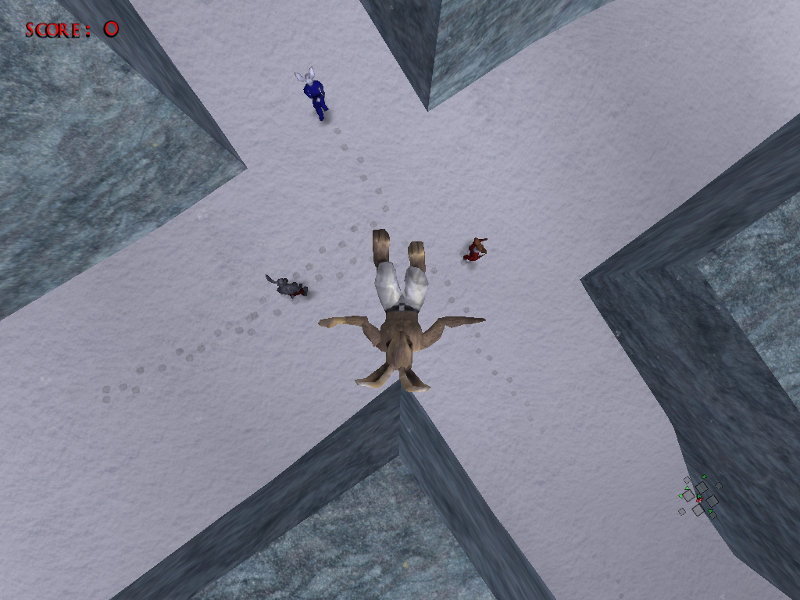
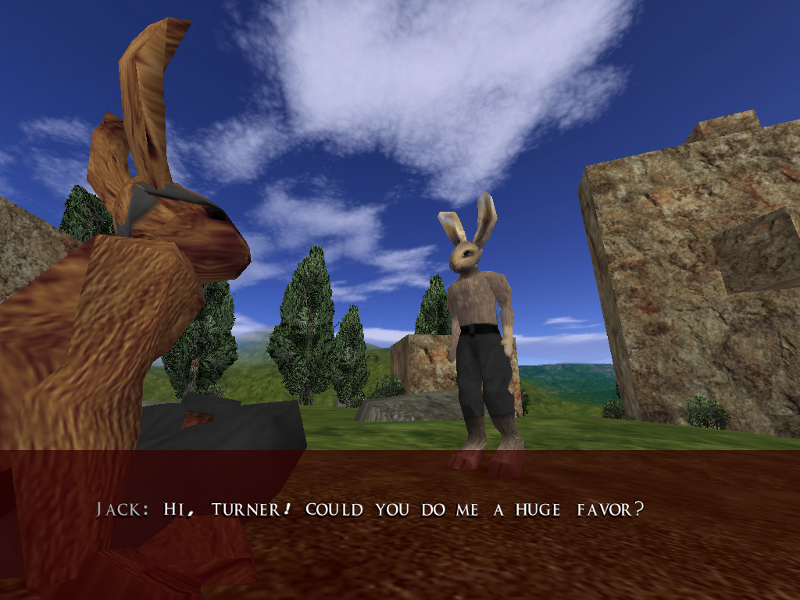
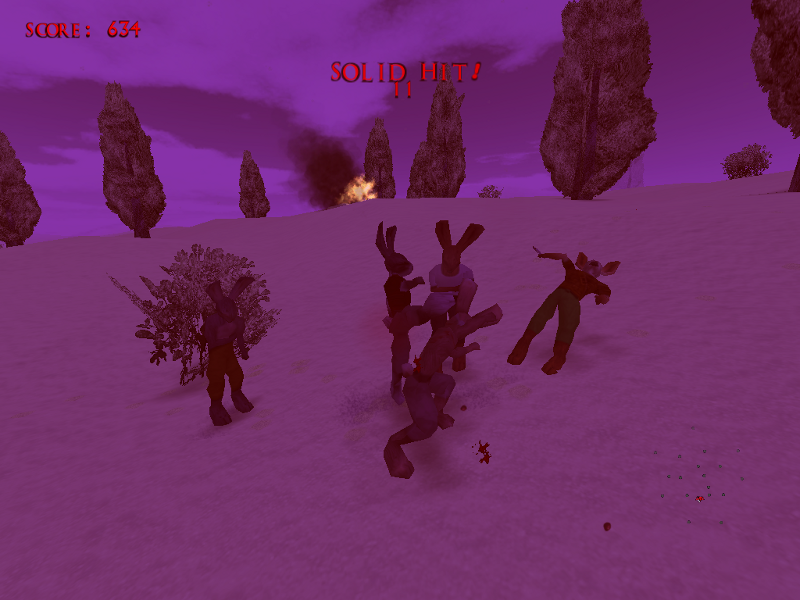
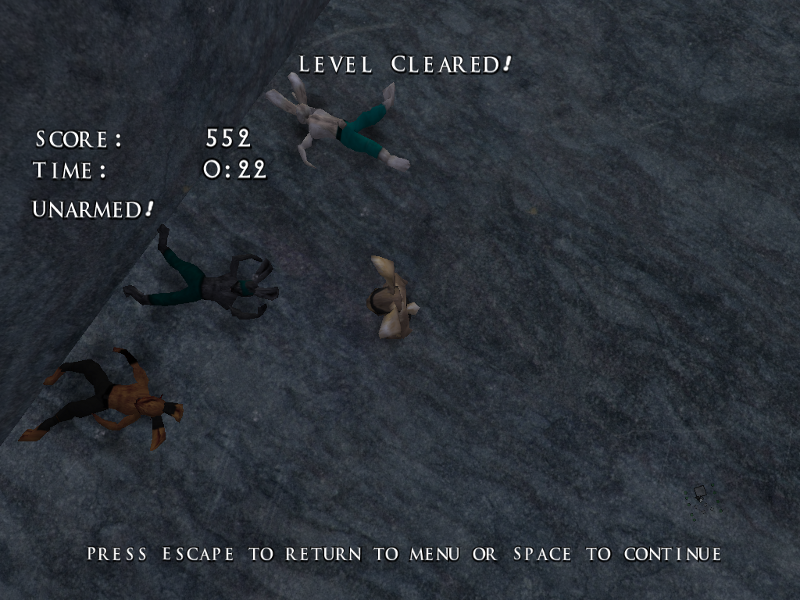
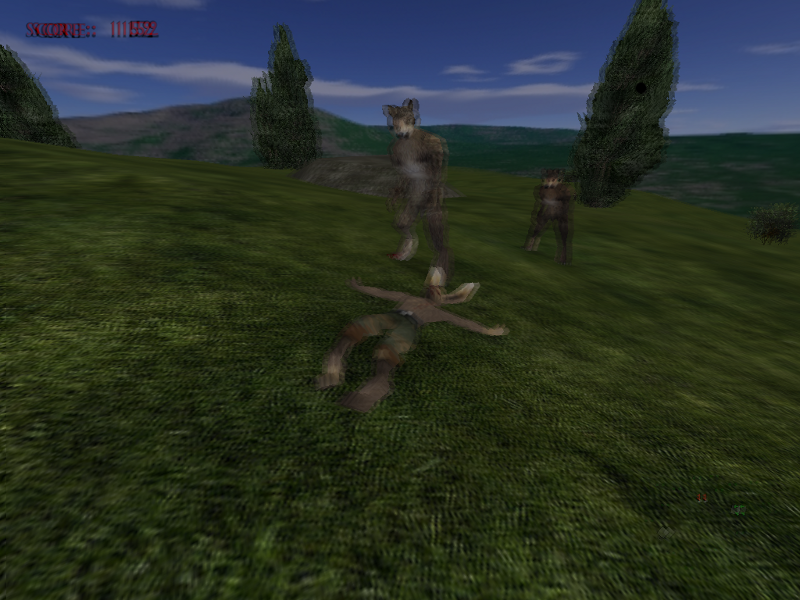
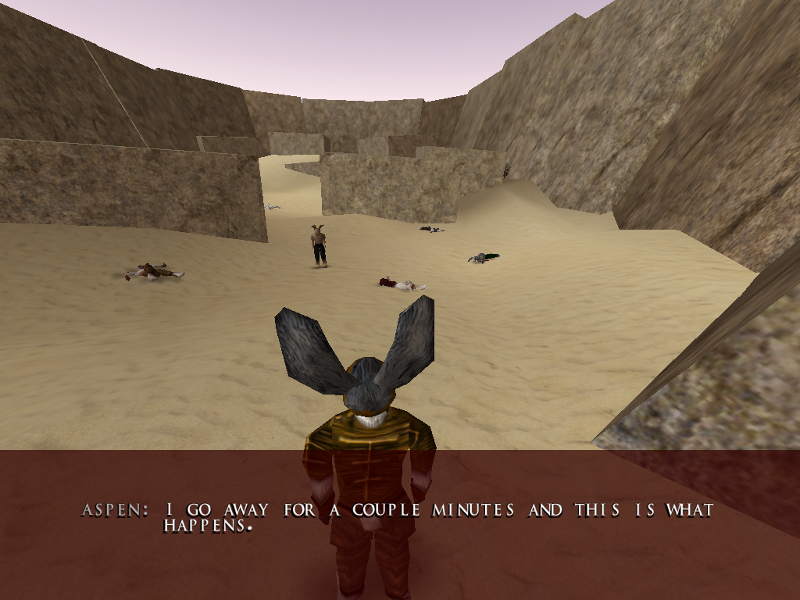
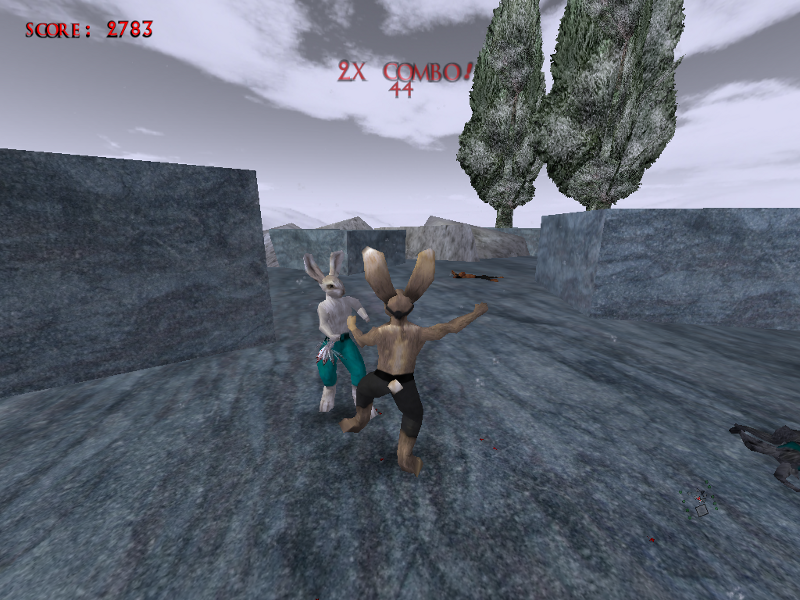
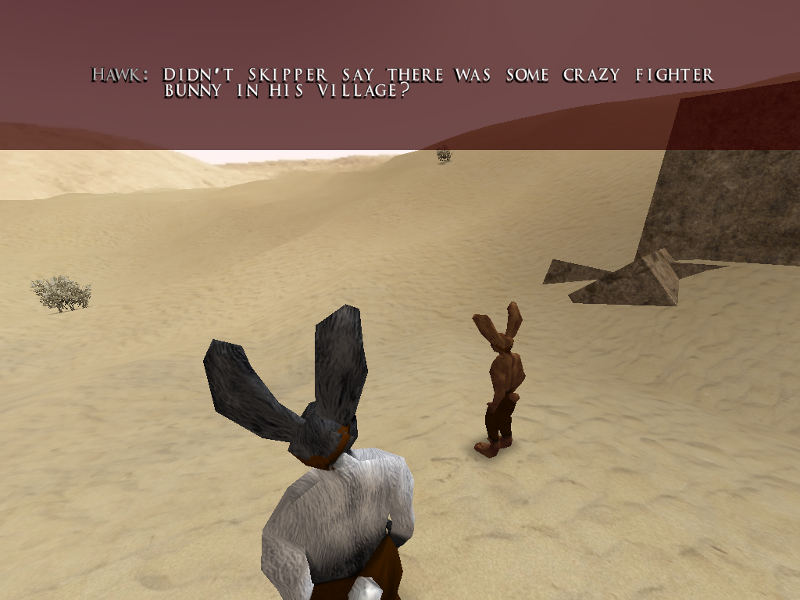
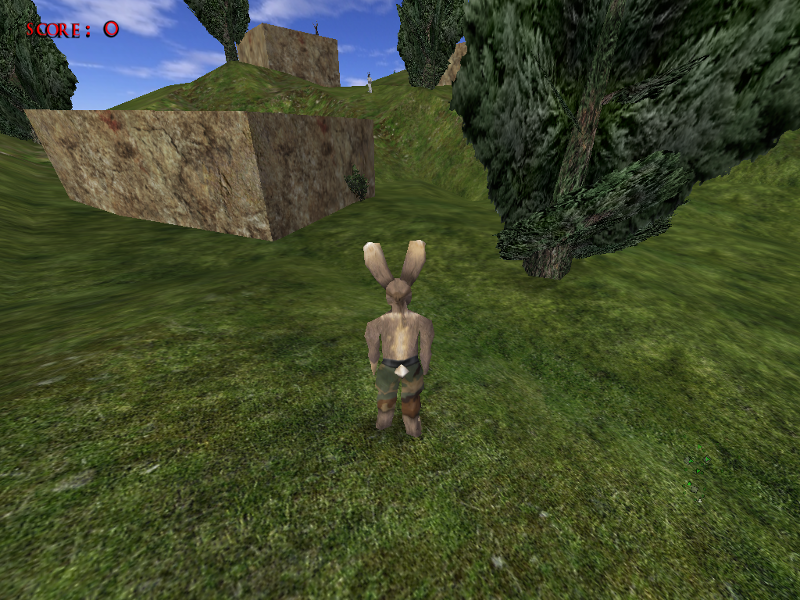
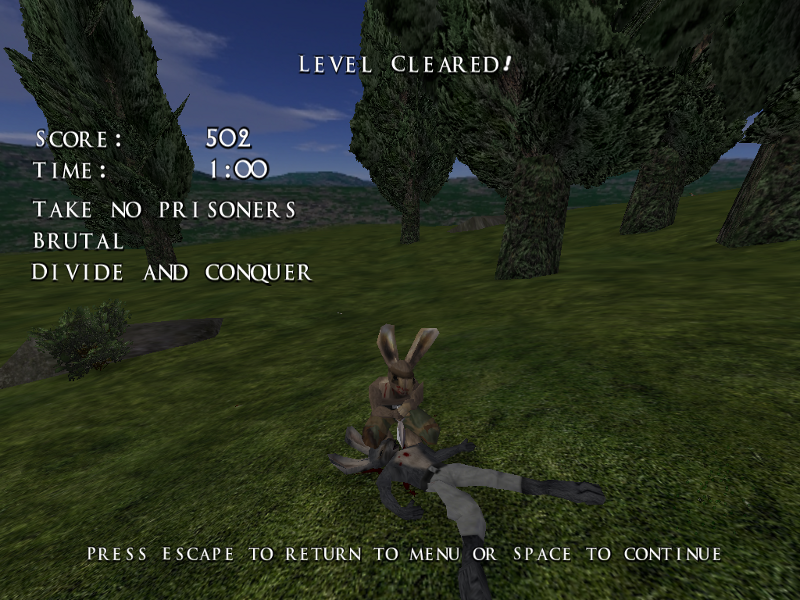

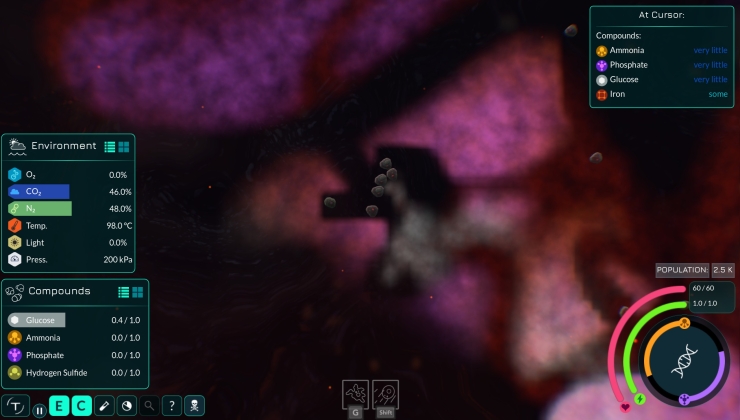
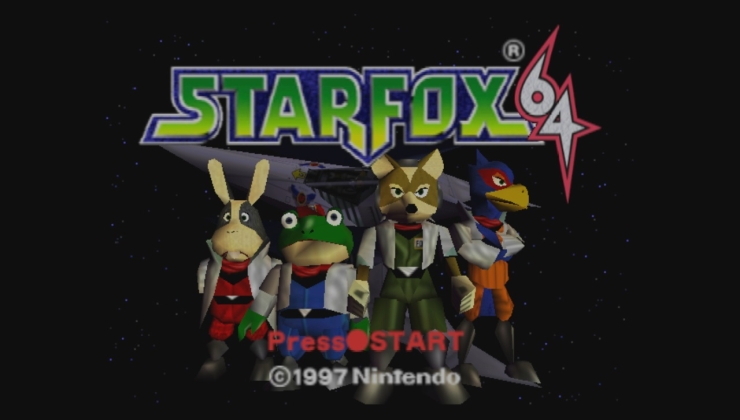
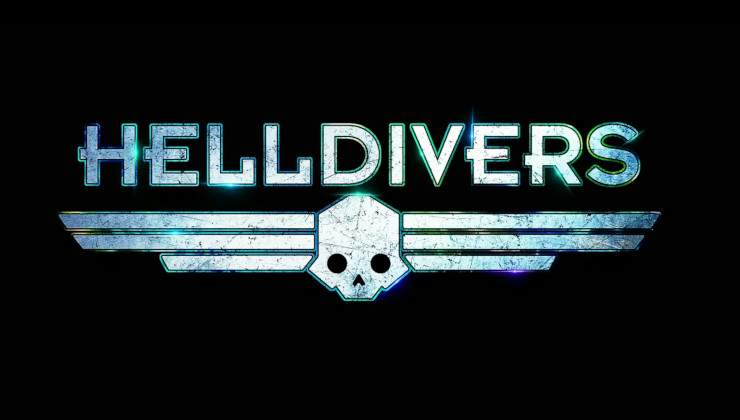



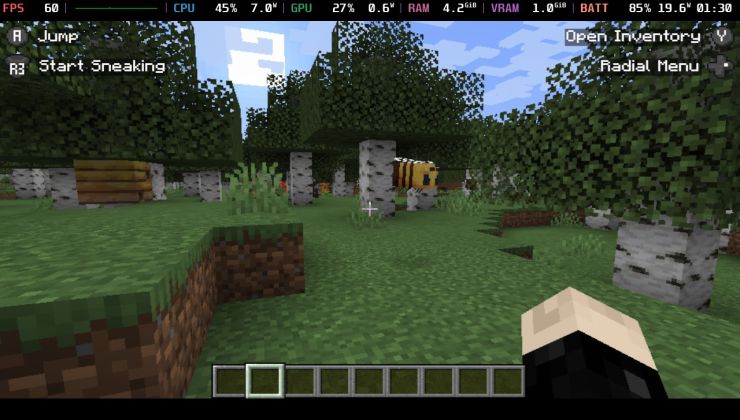 An idiots guide to setting up Minecraft on Steam Deck / SteamOS with controller support
An idiots guide to setting up Minecraft on Steam Deck / SteamOS with controller support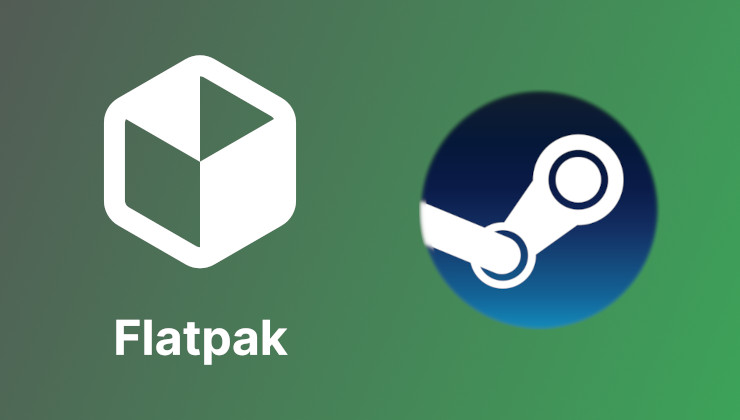 How to install extra software, apps and games on SteamOS and Steam Deck
How to install extra software, apps and games on SteamOS and Steam Deck
See more from me